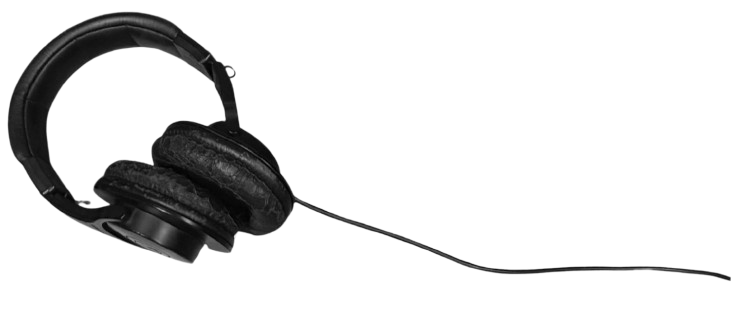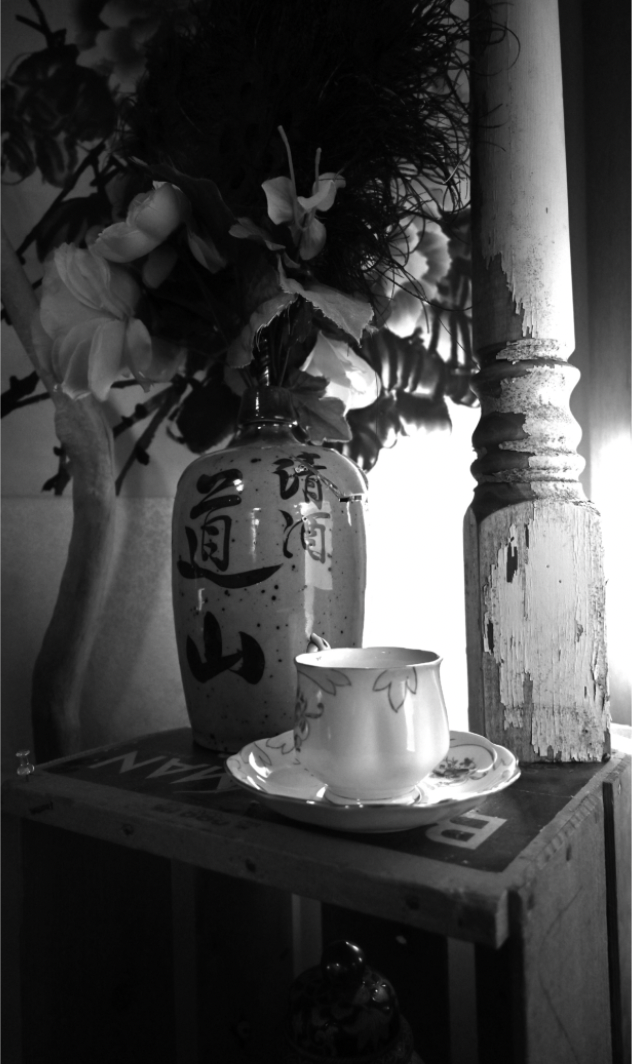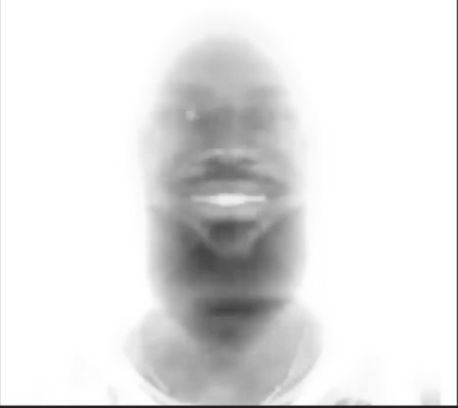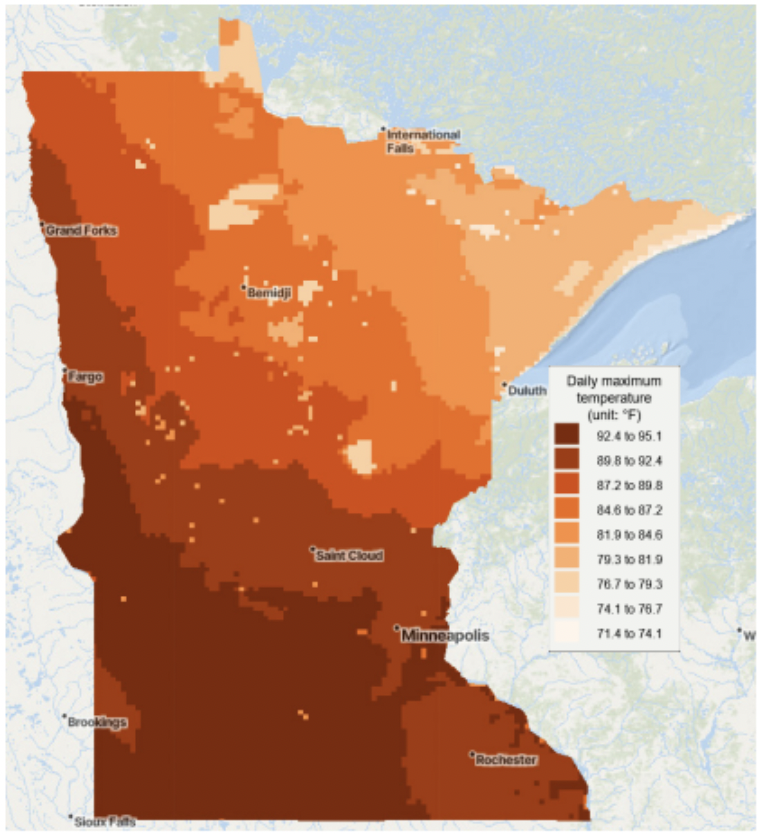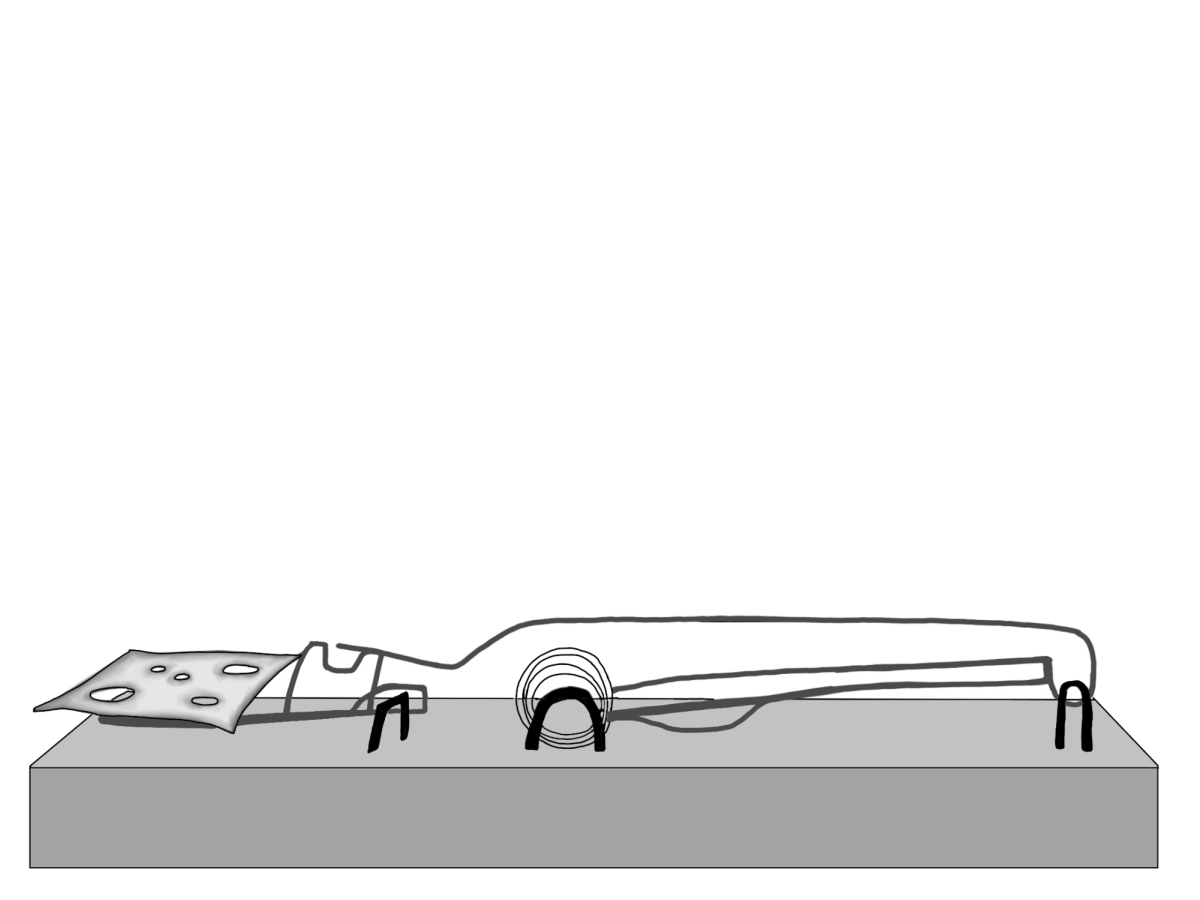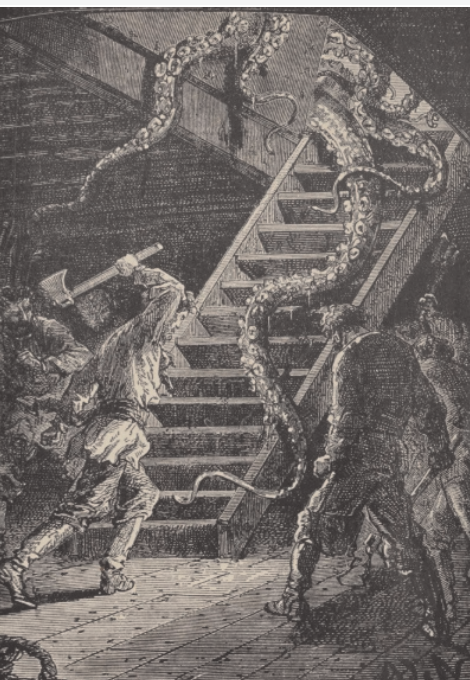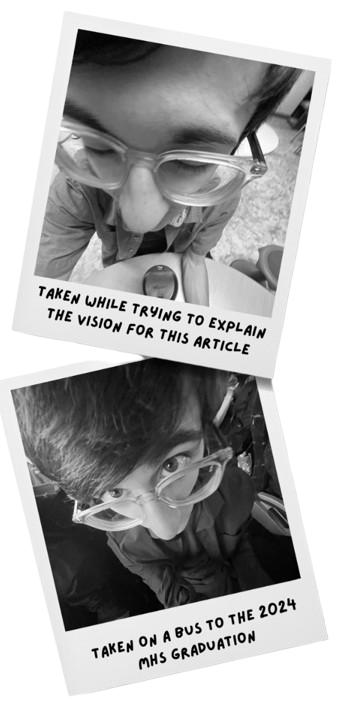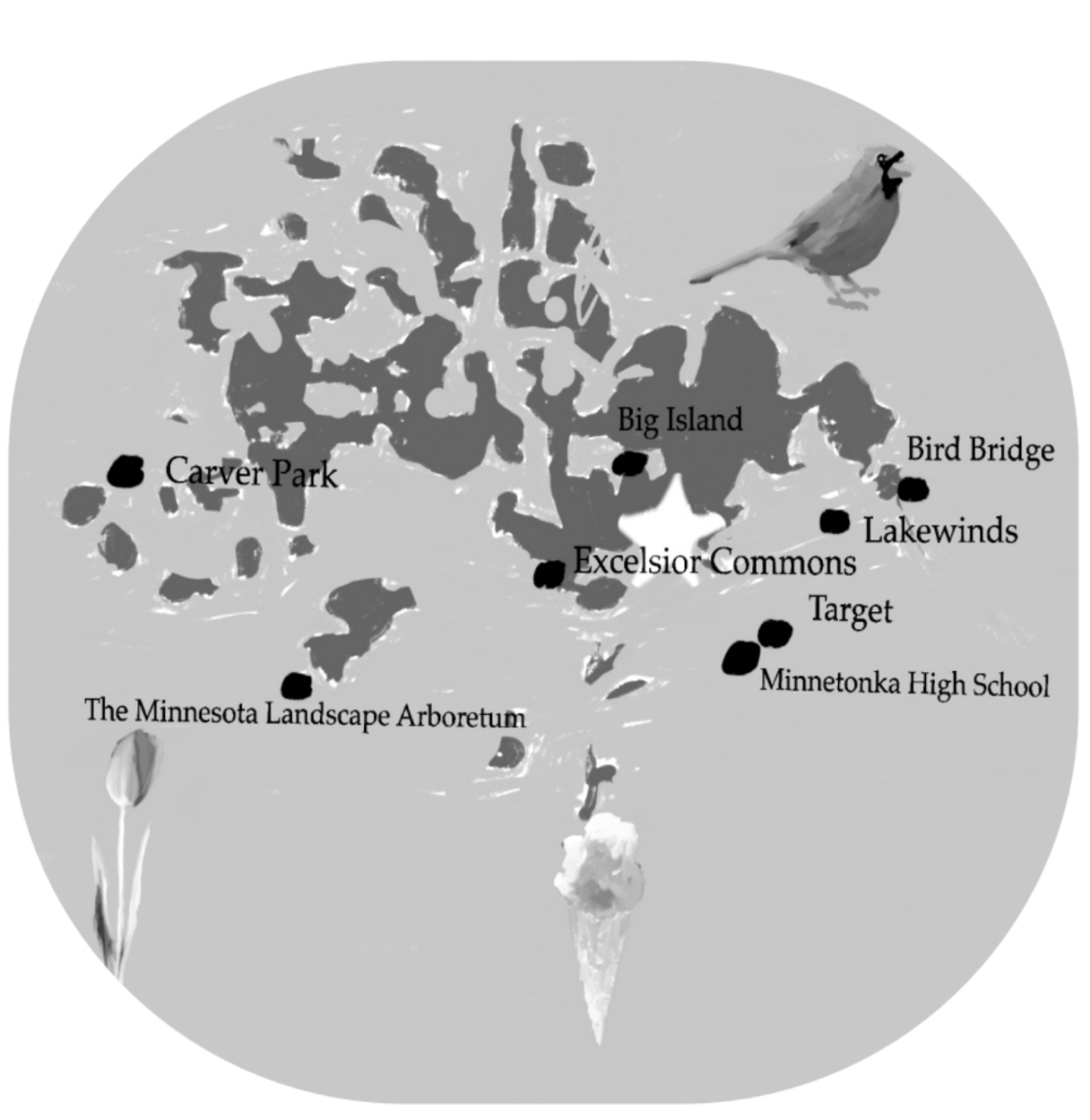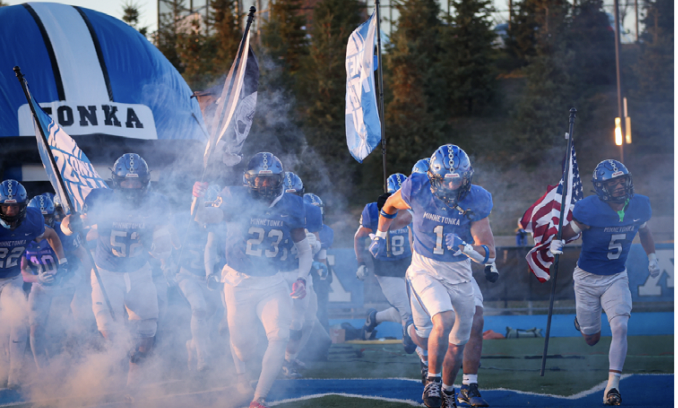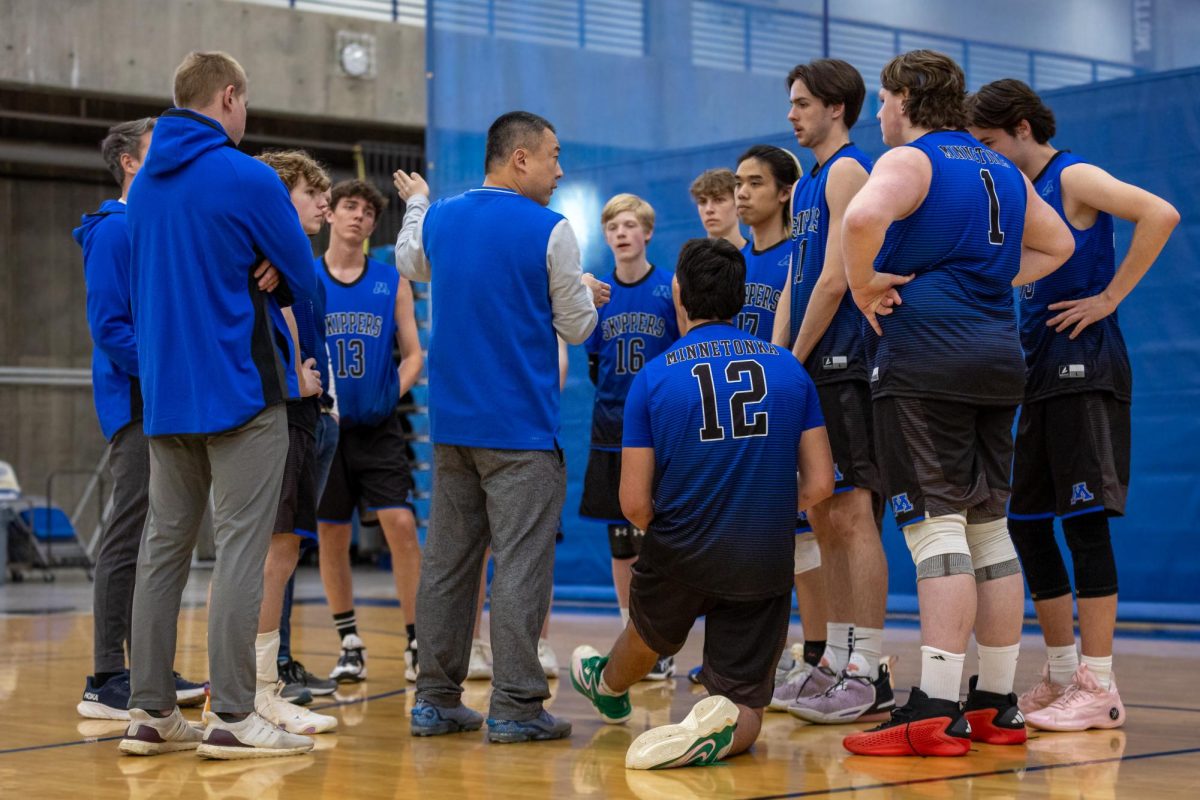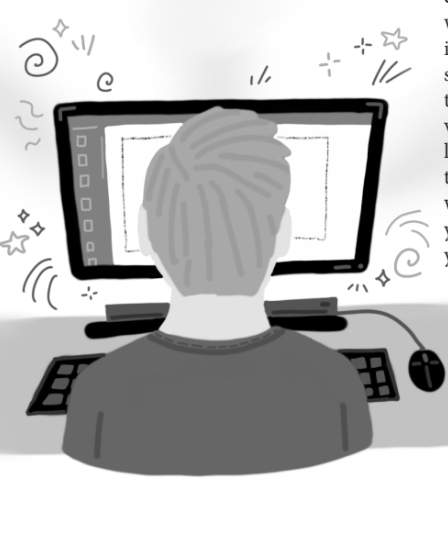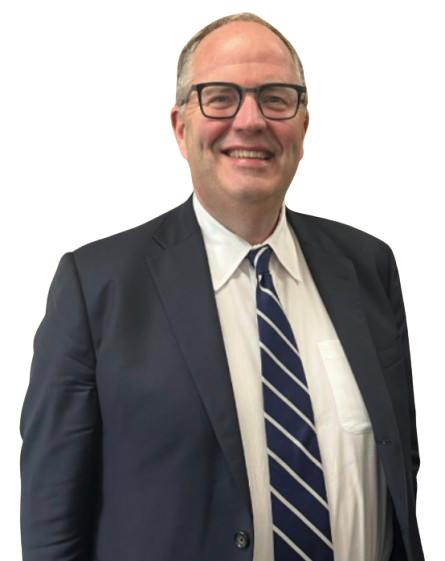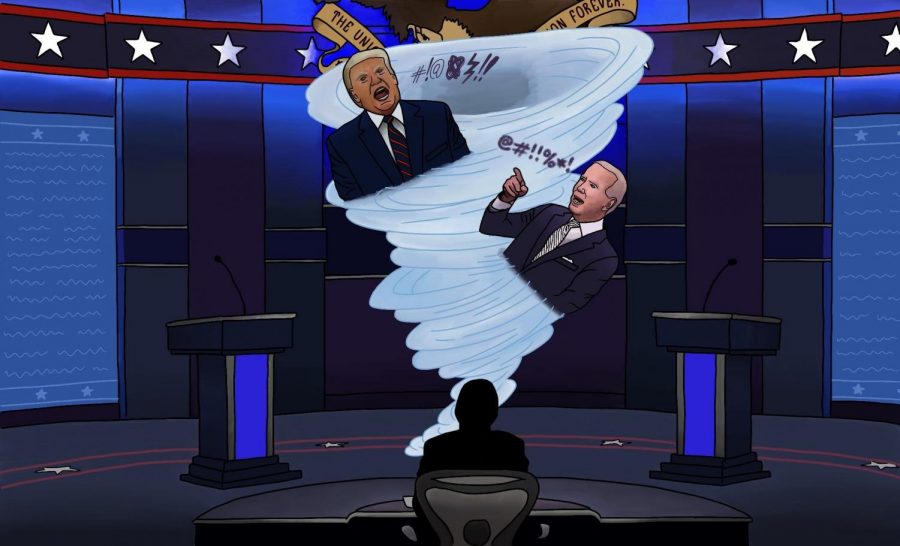Format of the Presidential Debates: The Chaos of the First One And Potential Changes
October 30, 2020
On September 29, 2020, over 70 million Americans tuned-in to the first presidential debate, participating in a vital part of our democracy, but many felt that it was the worst presidential debate of all time. The constant interruptions, rapid topic changes and unbacked claims made the broadcast cringeworthy and even unwatchable for many viewers. Considering the participants’, particularly Donald Trump’s, unpredictability, this debate was inevitably going to be messy, but the debate was so poorly executed that it raises the question: is the format of the US presidential debates fundamentally flawed? From the role of the moderator, to the time of responses, to the idea of muting the microphones, there has been plenty of discussion and ideas about how these debates could be reformed.
A clear sign that it’s time for change is the post-debate statement made by the Commission on Presidential Debates (CPD): “Last night’s debate made clear that additional structure should be added to the format of the remaining debates to ensure a more orderly discussion of the issues.”
The CPD has sponsored all presidential election debates since 1988, but this statement is unprecedented because changes to the debates are rare and often risky. Although the statement is vague, many have taken this to mean that muting of the microphones might become a reality in future debates. While watching the two candidates constantly talk over each other, making it nearly impossible to understand either speaker, viewers everywhere craved a mute button for the microphones. In theory, this option would make it so that each candidate could speak for an equal amount of uninterrupted time; doing so would make the debate easier to follow and much more informative.
In reality, this idea of muting microphones is not an absolute fix and may even cause new problems. Donald Trump’s behavior in the past has been wildly unpredictable, and that would most likely come into play here as well. With a change such as this, anything is on the table; the candidates might start shouting their points, resort to facial expressions or hand motions to express their feelings, or even walk right over to the other microphone to get their point across. While this behavior wouldn’t be expected from a presidential candidate, anything seems possible in this election cycle. There’s also the issue that both campaigns must agree to the terms of the debate prior to its occurrence, and changes like this can cause one or both of the candidates to pull out, which evidently does not help create an equal debate for the public.
Minnetonka student Quinn Lee-O’Halloran, ‘21, raises the point that it might be beneficial to utilize a hybrid of the formats.
“There’s value in muting the microphones in one debate and just letting them talk over each other in another debate. Debates originated as a place to compare policy points, but, over the years, they’ve become the clearest indicator of how ‘presidential’ any given candidate is. By having one debate with microphones muted and another less moderated one, viewers would get a clear sense of each side’s capacity for presidential conduct as well as key policy points,” Lee-O’Halloran said.
Another factor to consider when thinking about the format of presidential debates is the time model that moderators attempt to enforce. One interesting idea is the Annenberg Debate Reform Working Group “Chess Clock” Model. In this model, there would be eight topics (broadly sourced, not picked by the moderator) that would be discussed with equal time each, with a clock displaying the time counting down. This model would allow the debate participants to use less time on some questions to conserve time for other questions that they are more interested in talking about in more depth. Another important feature of this model is that the responsibility of asking follow-up questions falls to the candidates. This model, in theory at least, would be less moderated, leading to more accountability for the candidates, hopefully resulting in a better debate and a show of leadership.
While some people feel that microphone muting and a new time model might be the needed fixes for the interruption problem, others feel that the moderation is the problem to be addressed.
Interestingly, one of the CPD’s criteria in selecting a moderator is “extensive experience in live television broadcast news”, meaning that the moderators are professionals of sensationalization and are therefore likely to make the debate more entertaining than informative. The moderators have control of the questions, so they control the course of the debate, and this power might be better placed in the hands of other professionals. Perhaps a historian or a retired judge would have a better non-partisan perspective and could provide the American public with a fair and insightful debate regarding relevant topics. This being said, given Trump’s unyielding interruptions during the first debate, there wasn’t much a moderator could have done to control the chaos, regardless of their level of experience.
Lee-O’Halloran felt that “Chris Wallace absolutely could have done a better job moderating [the first debate], but it’s unfair to lay blame on him. The debate’s abject failure can be attributed to the poor structure and, more importantly, the conduct of the participants.”
Lee-O’Halloran brings up an important sentiment here, and one that is relatable for many viewers: that the behavior of the participants was the biggest issue in the first presidential debate. It’s completely reasonable to think that in this election, no matter how much the format of the debate is changed, there will be chaos because Donald Trump can’t seem to behave, and the nature of presidential campaigning doesn’t leave a lot of room for manners. Some people believe that the presidential debates aren’t even a place for real policy discussion; instead, they are inevitably going to be a series of attempts to land zingers because that’s just more important in this current political climate.
Lee-O’Halloran said that “This year, I don’t think there’s anything that could restore normalcy, but future debates might very well benefit from a reformed structure.”
Regardless of ideas about improvements or points of failure, it’s clear that this type of presidential debate is not productive. The first presidential debate reflected the failings of the current United States political scene: polarization, rampant disrespect, and a lack of common goal to improve society for all. The first debate also failed to reflect the excellence that lies within the United States public, so there should absolutely be changes to the format to make an attempt at eliciting better debates for the American people. However, the format can’t take all the blame for the disorder, as it is truly the participants who have the full say in the effectiveness of a debate. The CPD can only do so much to fix the debates, as the candidates can only be changed through voting. As Election Day approaches, keep in mind that votes determine the future of presidential debates.


